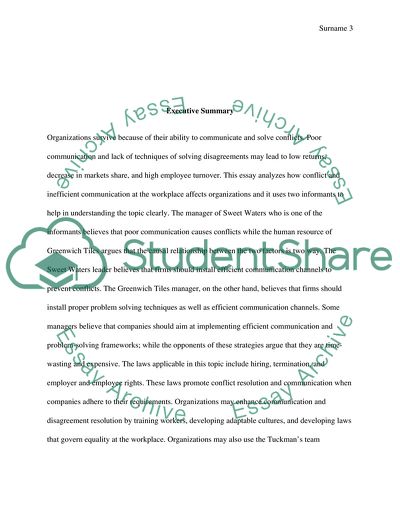Cite this document
(“Organizational communication and conflict in the workplace Term Paper”, n.d.)
Retrieved from https://studentshare.org/human-resources/1633898-organizational-communication-and-conflict-in-the-workplace
Retrieved from https://studentshare.org/human-resources/1633898-organizational-communication-and-conflict-in-the-workplace
(Organizational Communication and Conflict in the Workplace Term Paper)
https://studentshare.org/human-resources/1633898-organizational-communication-and-conflict-in-the-workplace.
https://studentshare.org/human-resources/1633898-organizational-communication-and-conflict-in-the-workplace.
“Organizational Communication and Conflict in the Workplace Term Paper”, n.d. https://studentshare.org/human-resources/1633898-organizational-communication-and-conflict-in-the-workplace.


